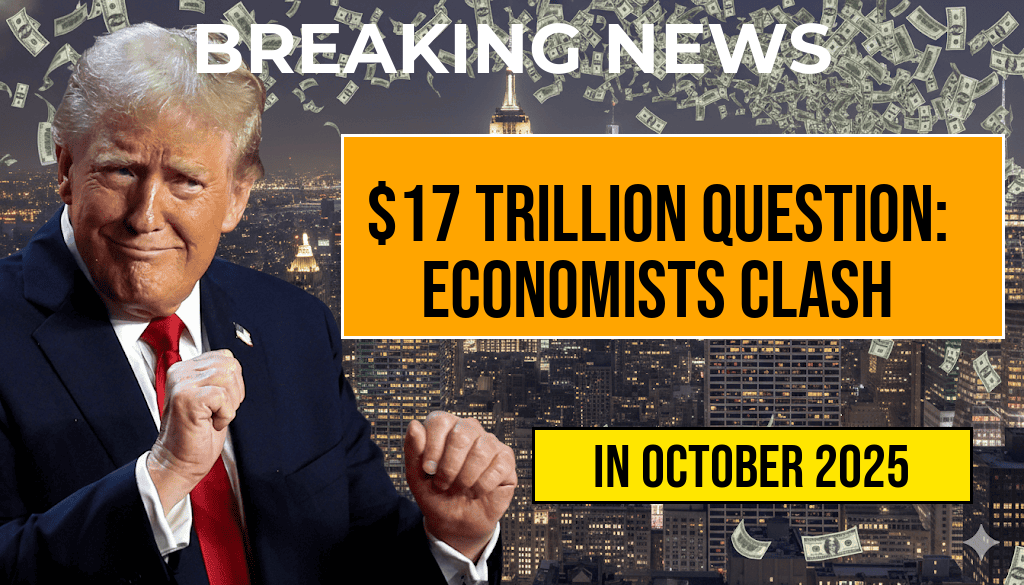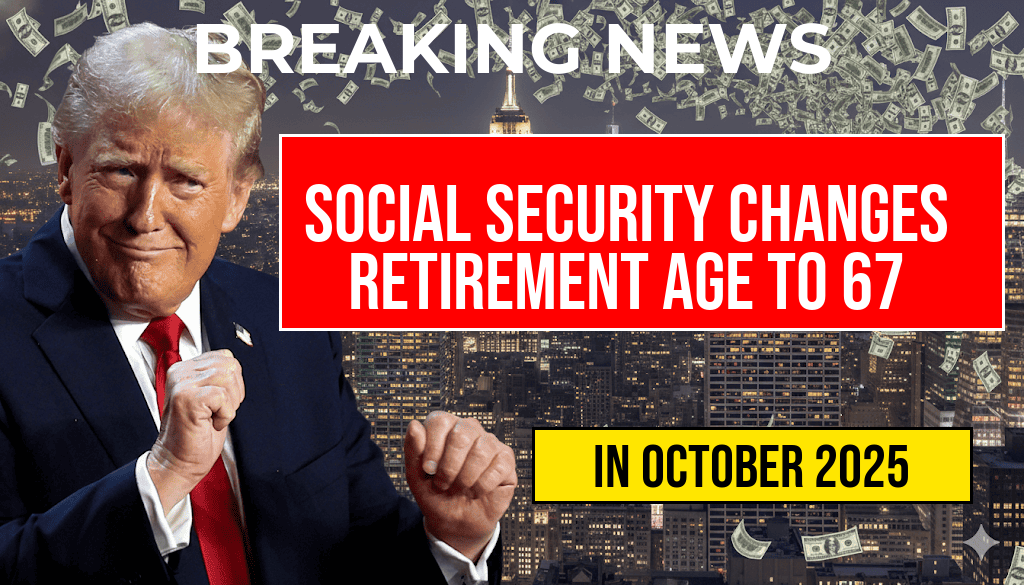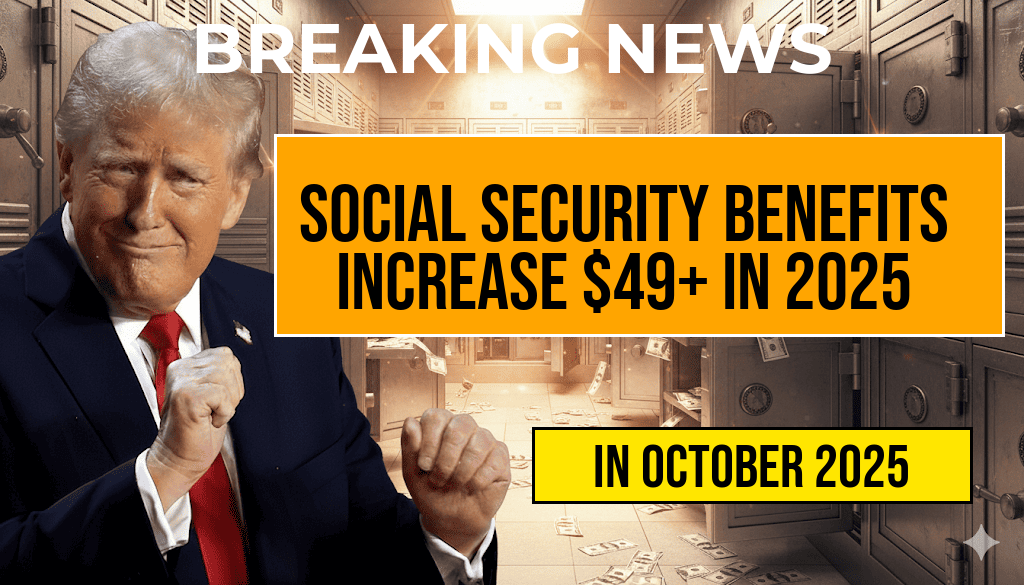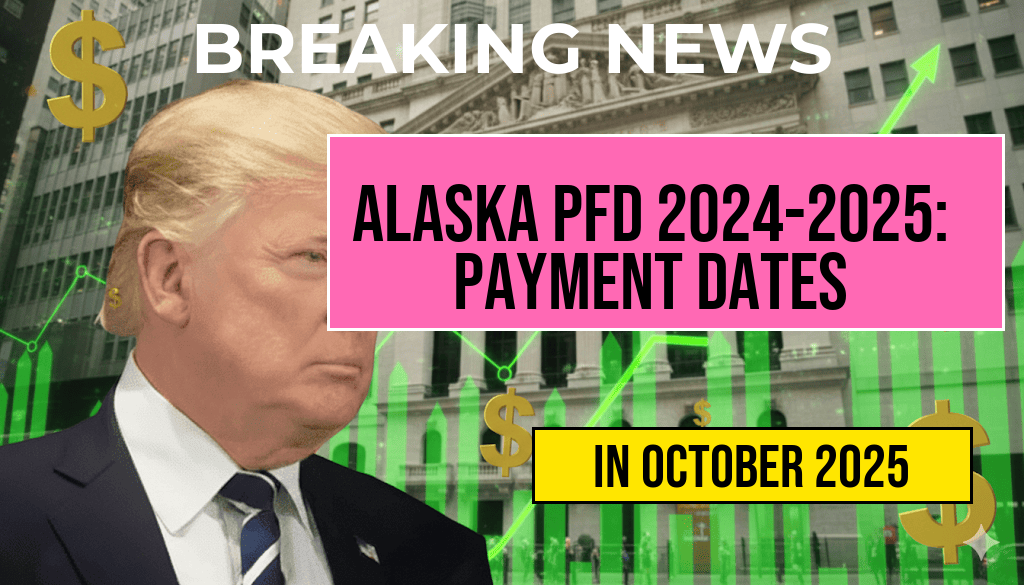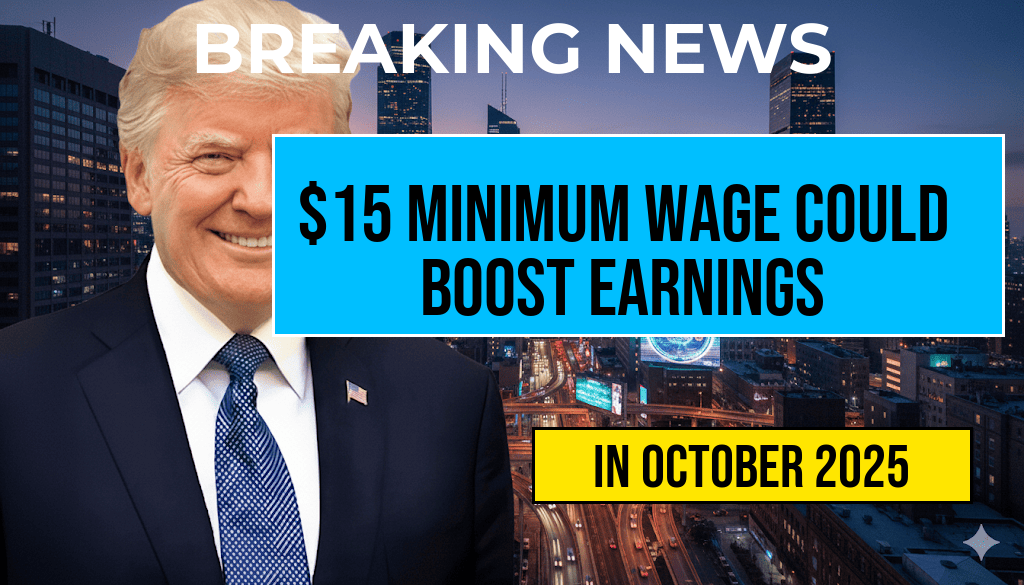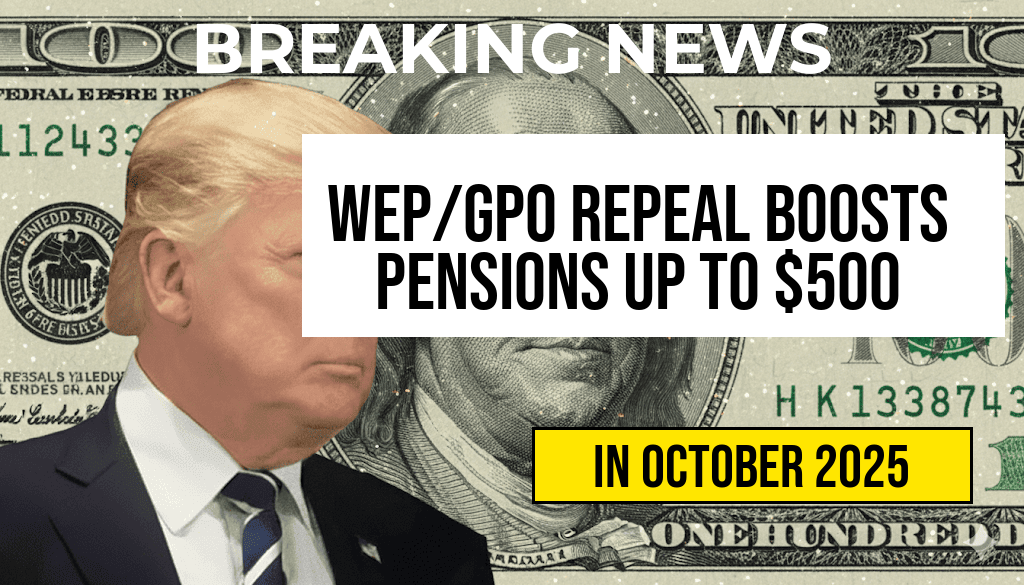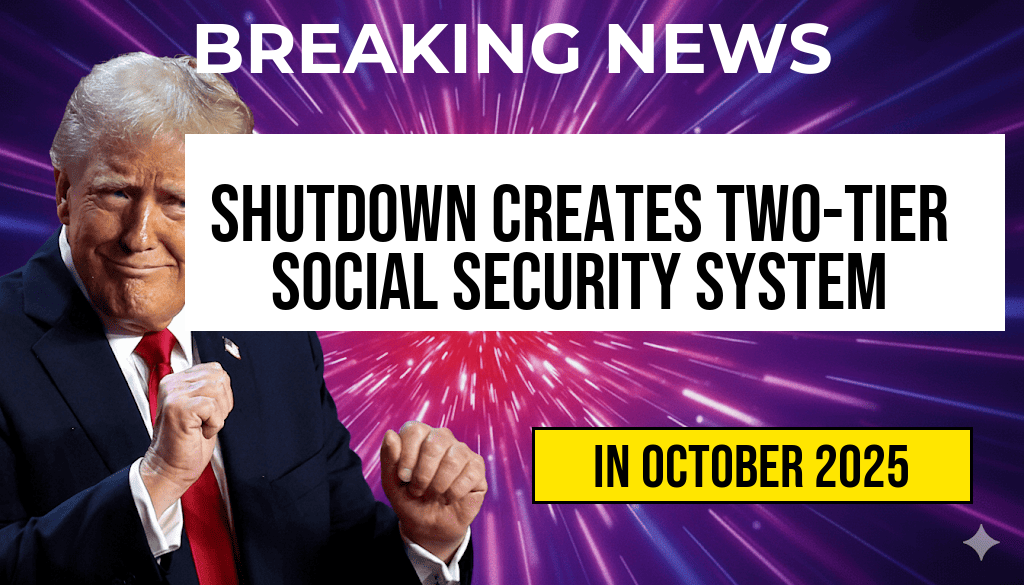Amid ongoing debates over global economic influence, recent estimates suggest that former President Donald Trump’s international investment portfolio could reach as high as $17 trillion. This figure, which encompasses a wide range of assets, strategic partnerships, and business ventures across multiple continents, has ignited a heated discussion among economists, policymakers, and market analysts. While some experts emphasize the potential economic leverage such investments confer, others raise concerns about transparency, geopolitical risks, and the true scope of these holdings. The discrepancy in estimates stems from differing methodologies, data sources, and interpretations of what constitutes “investment,” leading to a clash that underscores broader questions about global economic influence and the role of high-net-worth individuals in shaping markets.
Dissecting the $17 Trillion Figure
Sources and Methodology
Estimating the value of Trump’s international investments involves complex modeling, combining publicly available data from financial disclosures, business filings, and market valuations. Some analysts draw from estimates of his real estate holdings, corporate stakes, and licensing deals abroad, while others include potential offshore assets and indirect investments through family and affiliated entities. The Wikipedia page on Donald Trump offers a detailed overview of his business empire, though it notes that precise valuation remains elusive due to private holdings and non-disclosure agreements.
Contested Figures in the Economic Community
| Estimation Source | Range of Assets |
|---|---|
| Independent Financial Analysts | $10 trillion – $17 trillion |
| Market-Based Valuations & Public Filings | $8 trillion – $12 trillion |
| Government & Regulatory Disclosures | Less than $5 trillion |
Such disparities underscore the ongoing challenge of accurately quantifying private and offshore holdings, especially when some assets are held through complex corporate structures designed for privacy or tax efficiency.
Economic and Geopolitical Implications
Potential Leverage and Influence
Supporters argue that Trump’s extensive investments abroad position him as a significant economic player capable of influencing international markets and diplomatic relations. His holdings in key regions such as Asia, Europe, and the Middle East could, in theory, offer avenues for strategic leverage, especially in negotiations related to trade, energy, and infrastructure projects.
For instance, investments in emerging markets may facilitate economic development or serve as leverage points in diplomatic negotiations, while holdings in developed economies could bolster bilateral relations or investments in specific sectors. Some analysts point out that such a vast portfolio could translate into considerable soft power, shaping global economic trends or policy decisions.
Concerns Over Transparency and Risks
Critics voice concerns about the opacity surrounding these figures, arguing that undisclosed offshore assets or private holdings complicate efforts to assess true influence and potential conflicts of interest. The lack of comprehensive public data raises questions about accountability, especially given the potential for foreign influence or economic entanglements to sway policy decisions.
Moreover, critics warn that such concentrated investments expose markets to risks associated with geopolitical tensions, currency fluctuations, and regulatory changes. A sudden shift in international relations or policies could impact the value of these assets, with ripple effects felt across global financial systems.
Legal and Regulatory Perspectives
Regulatory Scrutiny
The debate over Trump’s investments also touches on regulatory oversight and the adequacy of disclosure requirements for high-net-worth individuals. While existing laws mandate certain disclosures, critics argue that loopholes and complex corporate structures often obscure the full scope of international holdings.
Some legal experts advocate for stricter disclosure standards to improve transparency and prevent potential abuses or undue foreign influence. The Council on Foreign Relations highlights ongoing discussions about reforming transparency laws in high-stakes financial dealings.
Implications for Policy and Market Stability
Accurate assessments of such massive investment portfolios are crucial for policymakers aiming to safeguard market stability and national security. As financial markets become increasingly interconnected, understanding the scope and influence of prominent investors like Trump becomes a matter of strategic importance.
Public and Political Reactions
Public opinion remains divided. Some view Trump’s global investments as a testament to his business acumen and potential economic influence, while others see them as a source of concern regarding foreign entanglements and transparency. Politicians across the spectrum are calling for clearer disclosures, with some proposing legislative reforms to tighten oversight and ensure accountability.
Meanwhile, market analysts continue to monitor fluctuations in asset valuations and geopolitical developments that could impact the estimated size of Trump’s international holdings. As the debate unfolds, the figure of $17 trillion remains both a symbol of economic might and a focal point for discussions about influence and transparency in the global arena.
Frequently Asked Questions
What are the main points of contention among economists regarding Trump’s global investment figures?
Economists are debating the accuracy and implications of the reported $17 trillion global investment figures associated with Trump’s policies. Some argue these figures reflect significant economic growth and investment opportunities, while others question the methodology and data sources used to derive these numbers.
How do different economists interpret the impact of Trump’s investments on the global economy?
Proponents believe that Trump’s massive investments have contributed to economic expansion and job creation worldwide. Critics, however, suggest that such investments may lead to trade tensions and economic instability, emphasizing the short-term gains versus long-term risks.
What methodologies are used to estimate the $17 trillion global investment figure?
Estimations involve analyzing financial reports, international trade data, and investment flows linked to Trump’s administration. Economists employ statistical models and economic indicators to approximate the total investment value, though there’s debate about the accuracy of these methods.
What are the potential economic implications if the $17 trillion figure is accurate?
If accurate, this indicates a significant level of global economic engagement driven by Trump’s policies. Such a scale of investment could boost global growth but also raise concerns about market volatility and geopolitical tensions.
How might this debate influence future economic policy and investment strategies?
The clash over these figures highlights the importance of transparent data and robust analysis. Policymakers and investors may become more cautious, emphasizing risk assessment and evidence-based decisions in future economic strategies.

